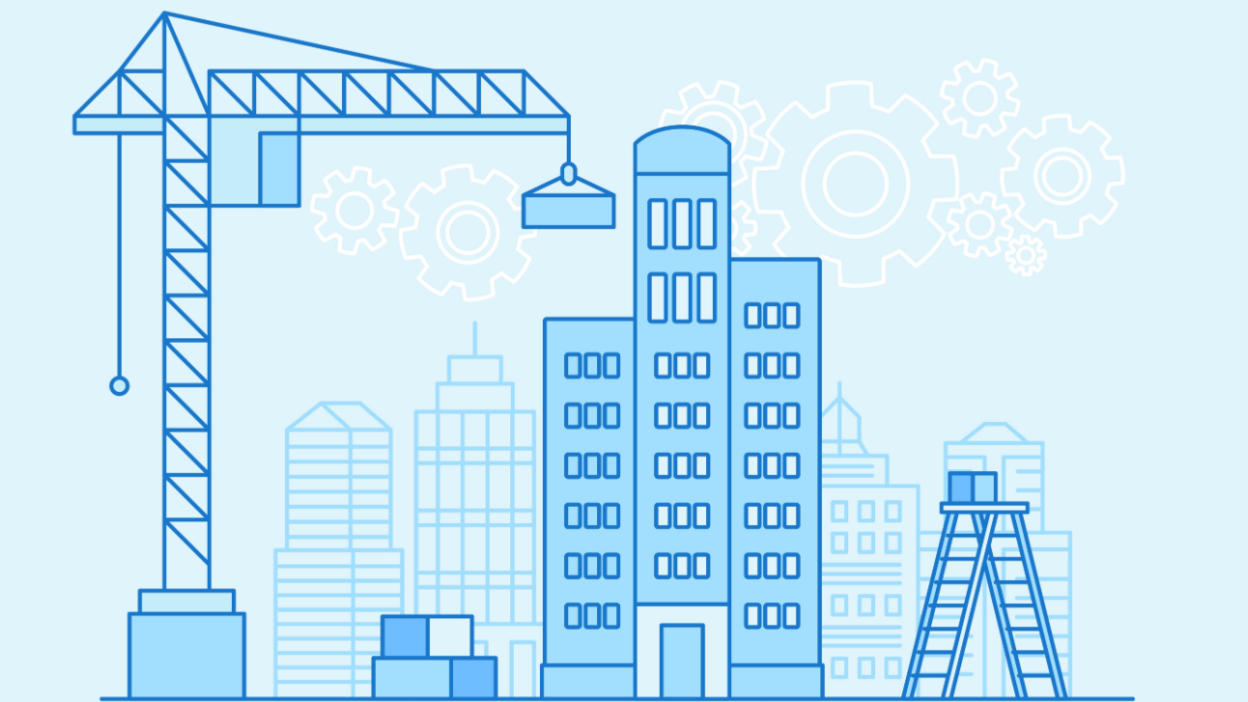Most economic systems today follow a straight line. Resources get taken, made into products, used briefly, then tossed away. This approach creates winners and losers, with value flowing mainly in one direction.
But what if communities could design different systems? Ones where value moves in circles rather than straight lines, benefiting everyone involved along the way?
This idea sits at the heart of community economics. It’s about creating closed-loop systems where resources, skills, and value continuously flow between members.
The Power of Keeping Value Local
When communities create their own economic circles, something remarkable happens. Money and resources stay local longer, creating multiple benefits with each exchange.
Think about what happens when you buy vegetables at a farmers market instead of a chain store. Your money goes directly to a local farmer, who might spend it at the community bookshop, whose owner gets lunch at the neighborhood café.
Each dollar circulates, creating value with every transaction. This “multiplier effect” builds community wealth rather than extracting it.
According to research from the New Economics Foundation, money spent at local businesses circulates 2-3 times more within the community than money spent at non-local businesses.
Building Blocks of Circular Community Economics
Several key principles help communities develop thriving economic circles.
Resource mapping reveals what already exists within the community. Many groups discover untapped skills, underutilized spaces, and forgotten resources through this process.
Skill exchanges allow members to trade services directly. The retired accountant helps the plumber with taxes; the plumber fixes the accountant’s leaky faucet. Both benefit without cash changing hands.
Local currencies sometimes emerge to facilitate exchanges. These complementary systems don’t replace national money but create additional ways to trade value locally.
At BuildBonding, we’ve seen communities transform when they recognize and activate their internal economic potential.
Real-World Success Stories
Communities worldwide have implemented circular economic systems with impressive results.
In the small town of Totnes, England, a “Totnes Pound” helps keep spending local. Businesses offering discounts for using the local currency have seen customer loyalty increase while strengthening ties with other local enterprises.
Urban gardens in Detroit have created food systems where community members contribute labor, share harvests, save seeds, and compost waste to grow more food—creating a perfect resource circle that builds food security.
Time banks in Japan help address aging population challenges. Members earn credits by helping seniors, which they can later use when they need assistance themselves, creating intergenerational care circles.
Beyond Financial Value
Community economics expands our understanding of value beyond just money. Time, attention, care, and knowledge all become recognized as valuable community resources.
Many communities discover that their true wealth lies in these non-financial assets. The neighbor who checks on elderly residents, the teenager who teaches computer skills, the amateur historian who preserves local stories—all contribute tremendous value.
As economist Kate Raworth explains in Doughnut Economics, healthy economic systems must account for social and environmental factors, not just financial ones.
Challenges and Solutions
Building circular economic systems isn’t without challenges. Dominant economic models push in the opposite direction, making community-centered approaches swim against the current.
Scale presents another challenge. Small experiments flourish easily, but growing them requires intentional design and community buy-in.
The most successful community economics initiatives start small, demonstrate concrete benefits, and expand gradually as trust builds. They create systems flexible enough to evolve as the community’s needs change.
Technology as Enabler
Digital tools increasingly support community economic circles. App-based sharing platforms help members exchange goods and services. Online marketplaces connect local producers with local consumers.
Community currencies become easier to implement with digital tracking systems. Time banks use software to match needs with offers and track exchanges.
However, technology serves rather than drives these systems. The human relationships remain central to making community economics work.
Starting Your Own Circular System
Communities can begin building circular economics through simple steps.
Start by gathering interested members to identify community needs and existing resources. Look for gaps where needs aren’t being met and surpluses that aren’t being fully utilized.
Create easy ways for members to exchange and share. This might begin informally before developing into more structured systems.
Celebrate and share success stories. When people see concrete examples of community economics working, they’re more likely to participate themselves.
The Future is Circular
As economic inequality and environmental challenges grow, community-based circular systems offer a powerful alternative vision—one where prosperity is shared and resources circulate rather than depleting.
These approaches don’t just build more resilient local economies. They strengthen community bonds, develop trust between members, and create systems where everyone has something valuable to contribute.
By designing economics that work for all members, communities can build prosperity that truly lasts.
What untapped resources in your community could become part of a circular value system?





